- Joined
- Jun 7, 2014
- Messages
- 2,909
- Reaction score
- 4,743
Bottoms Mill
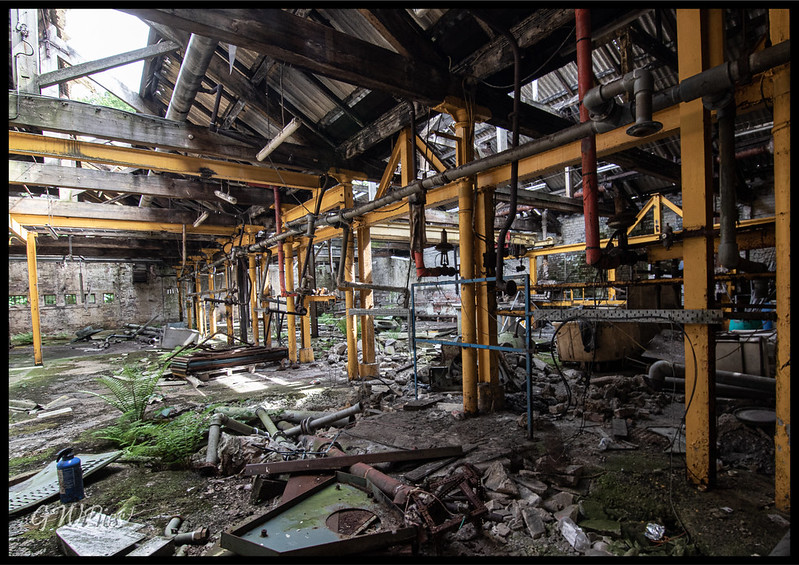
Originally built in the 1820s, Harpin or Bottoms Mill is one of Holme Valley's oldest mills. The iconic, 150ft red chimney was added in 1911 and acts as a landmark to this day. The mill relied on water from the River Holme, which was channelled via a narrow watercourse, known as a goit, into the Bottoms Mill pond.
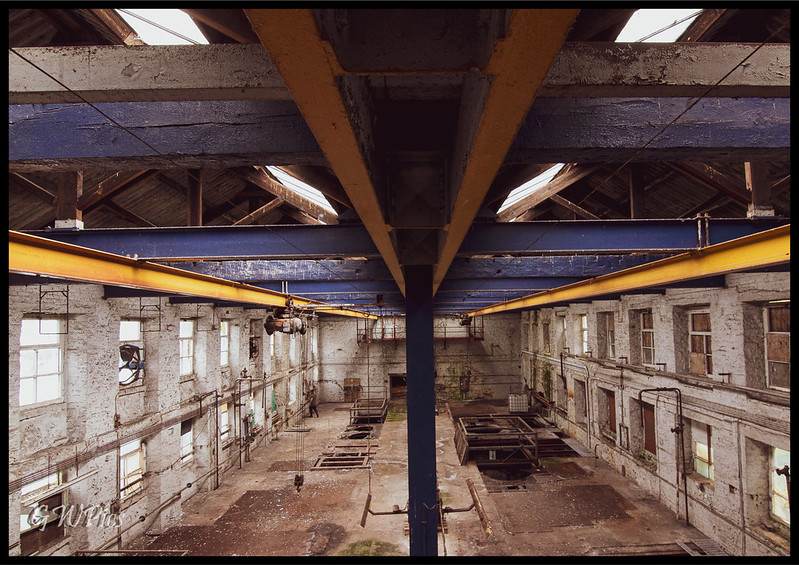
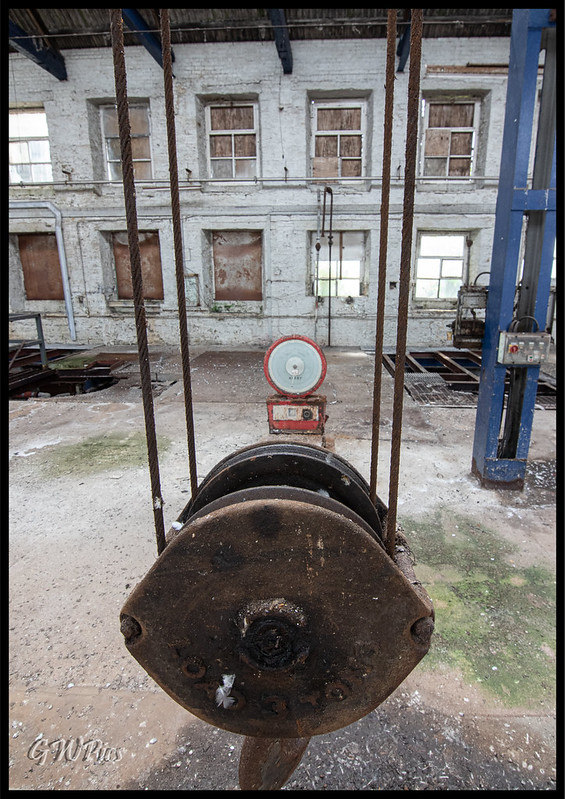
In 1852 the valley this water was nearly its downfall as it was overun by flooding. The Mill, then occupied by Messrs. Barber & Co., as a woollen mill lay directly in harms way.
Here the country widens out, and consequently the waters became more spread; but still the mill, which stands in a central position, was damaged but no lives were lost, though the inmates of three cottages adjoining had a very narrow escape from death.
The alarm having been given, the inmates of the house nearest the river, seeing the danger, burst through the parpoint walls, and got into the house farthest off, where a ladder was got and placed against the chamber window, from which all the inmates succeeded in escaping; but scarcely had they reached the road when the whole pile fell with a loud crash, and was swept away by the resistless torrent.
Here, also, five workmen had miraculous escapes. It was usual for the fullers to sleep in the mill, and in Bottoms Mill there were five of them, who were aroused from their sleep by the loud noise and crashing of machinery. They rushed upstairs, and succeeded in climbing upon the rafters; but even here they were pursued by the relentless waters, and for upwards of an hour they were nearly covered, but after that time the waters subsided, and they all escaped.
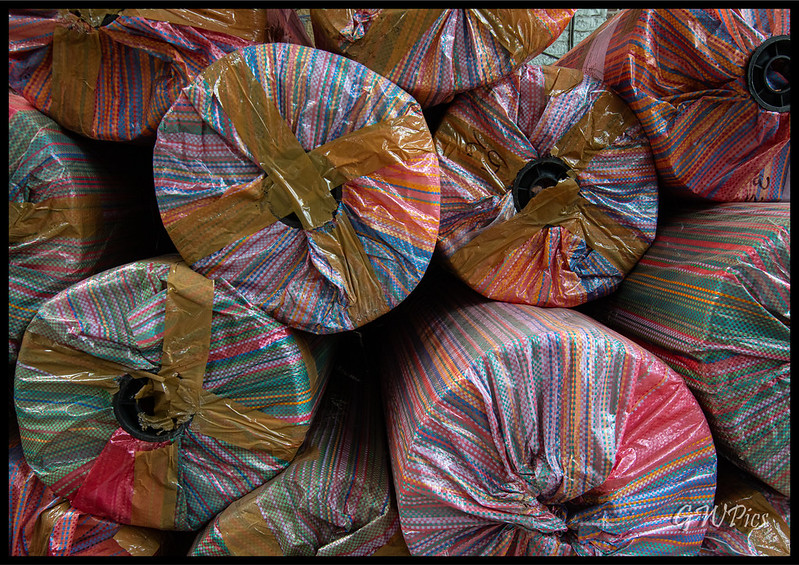
Half of the mill is currently occupied by businesses still but half lays dormant. Not a lot else to say other than it was a fun explore & was a very photogenic place so lots of pics from this one.
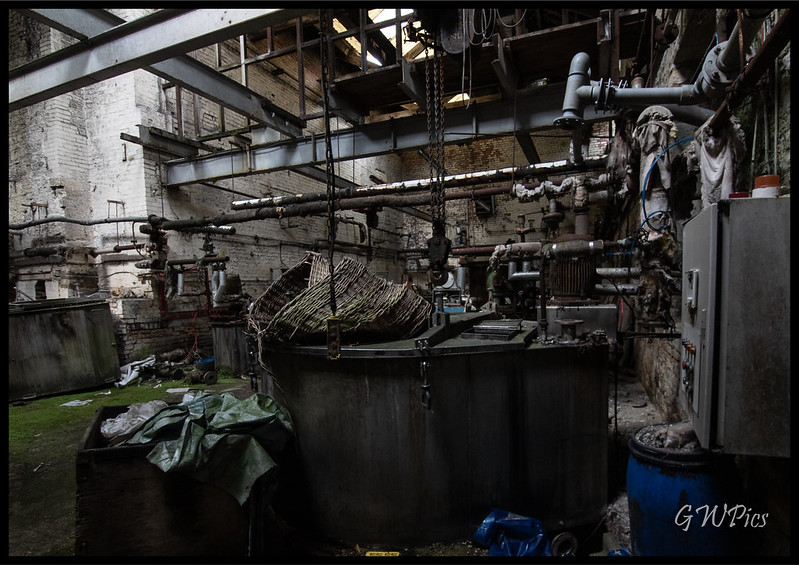
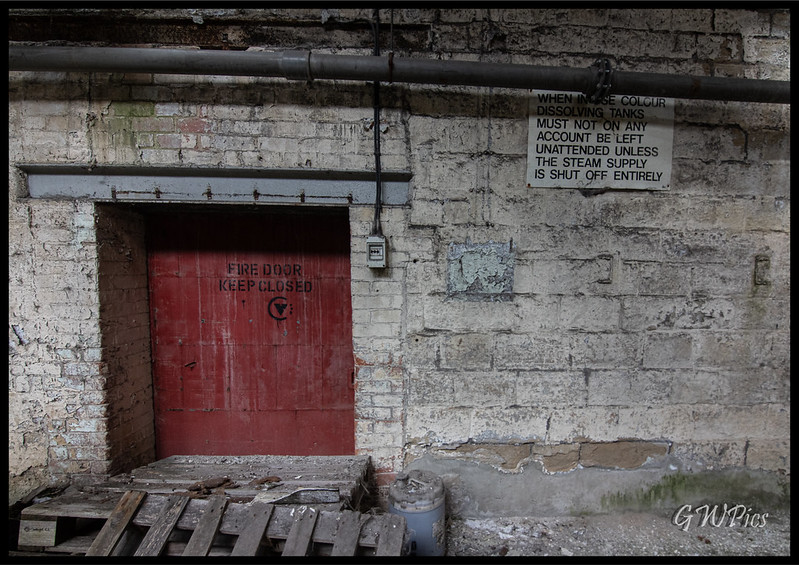
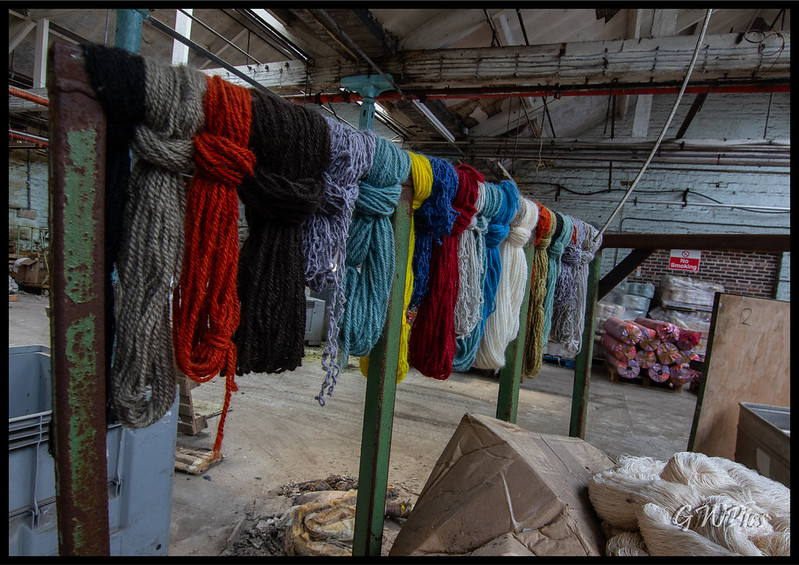
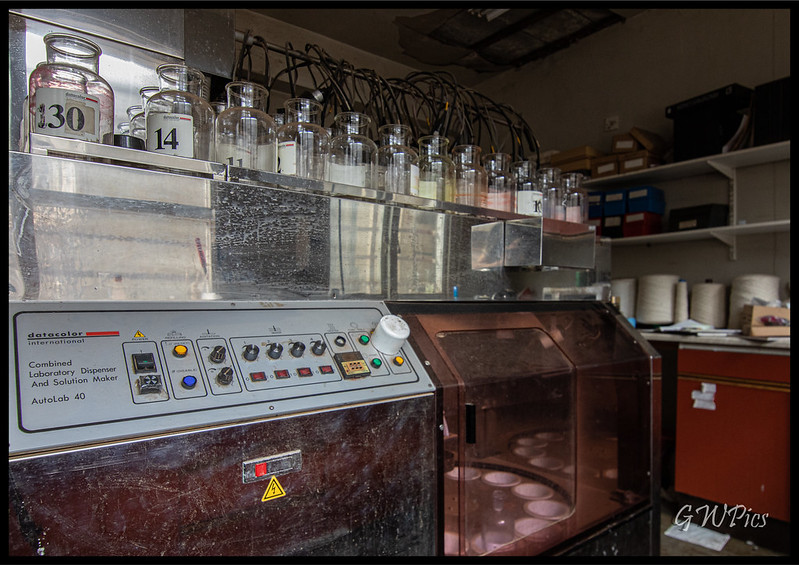
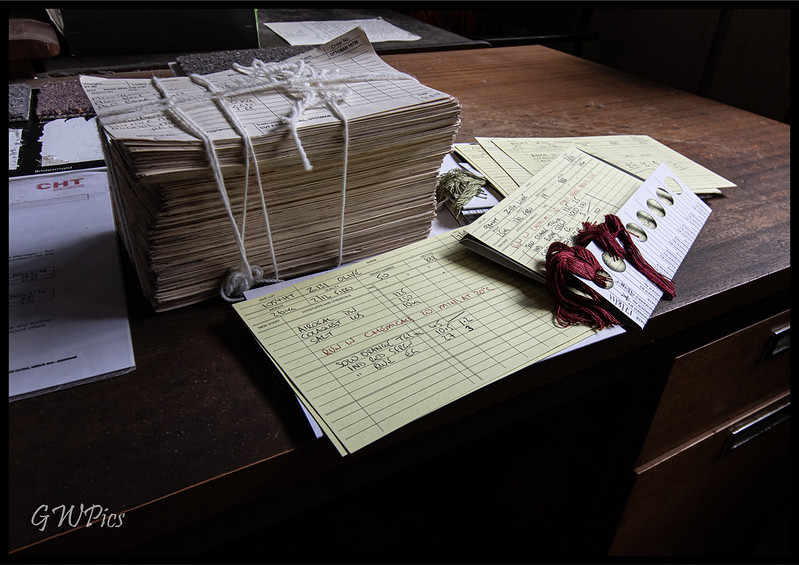
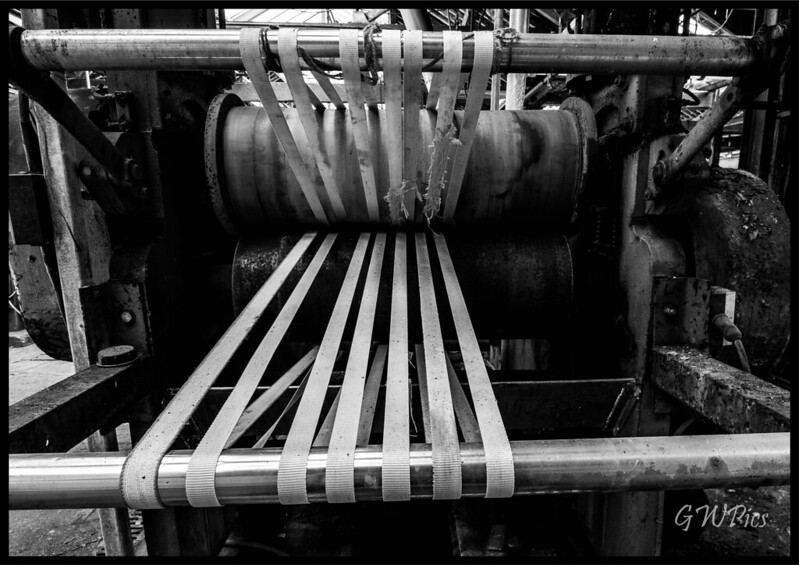
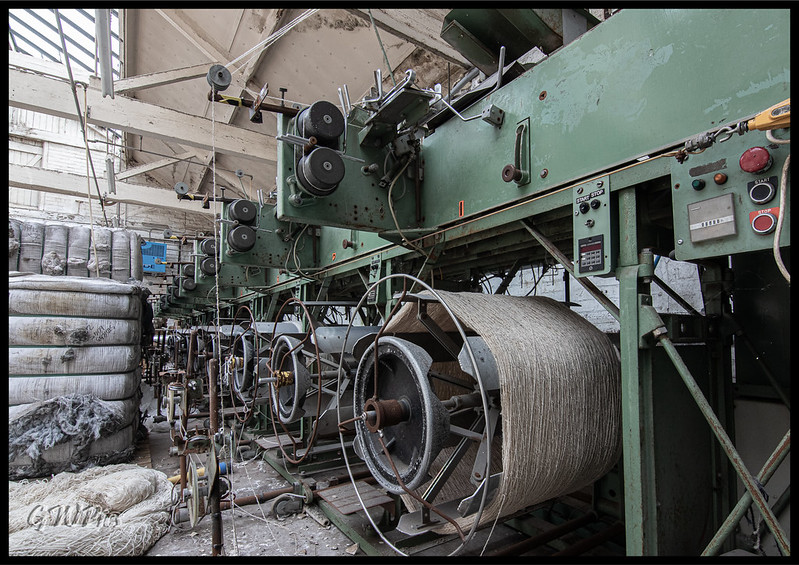
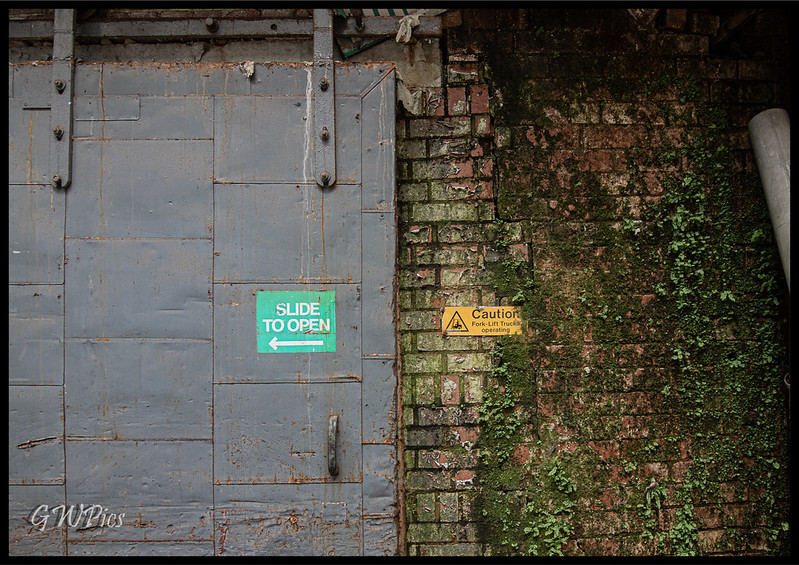
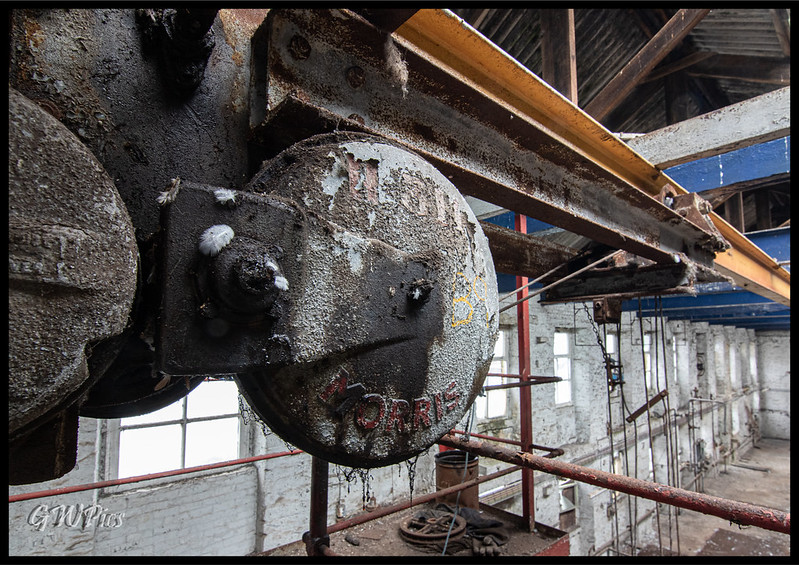
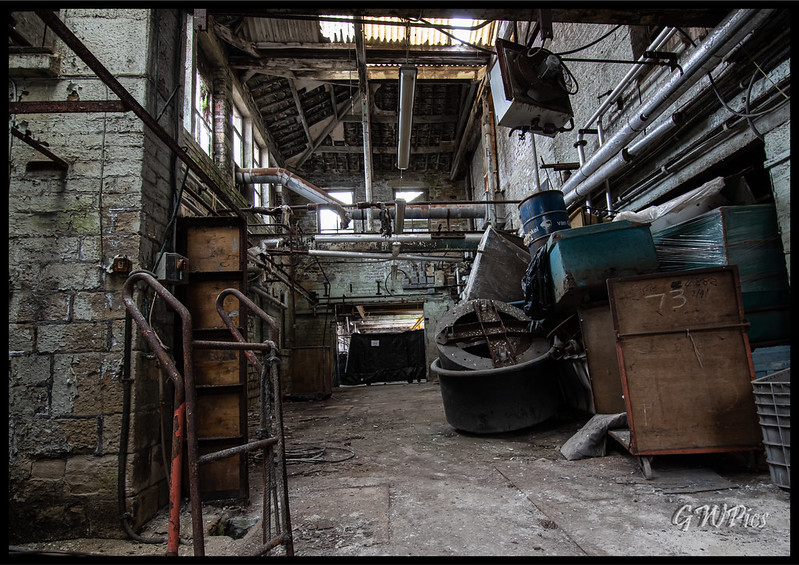
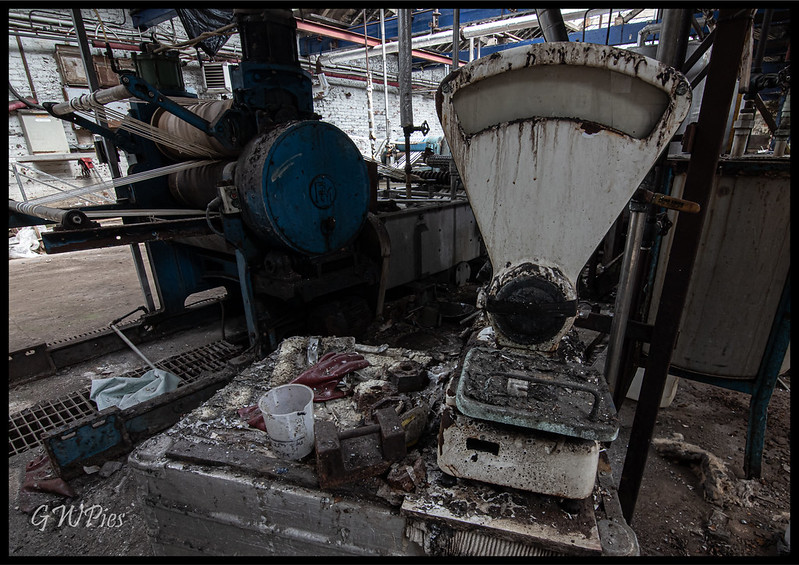
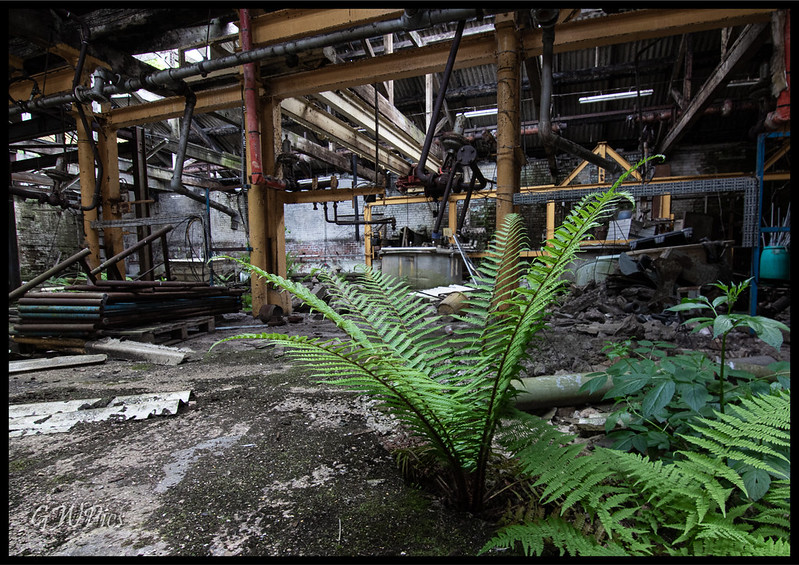
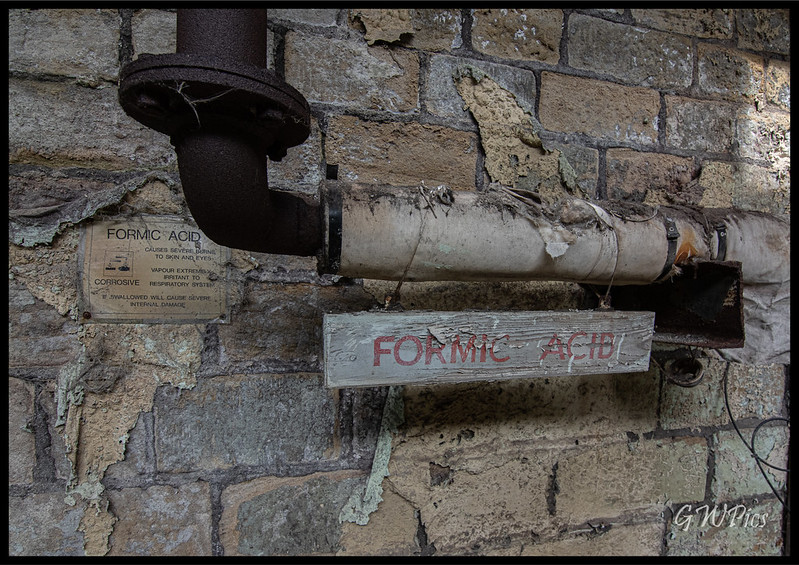
The not so abandoned bit
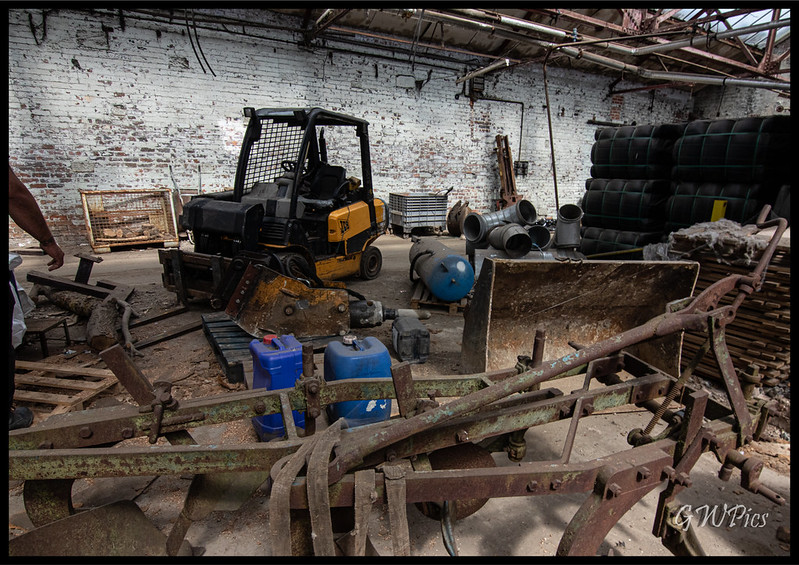
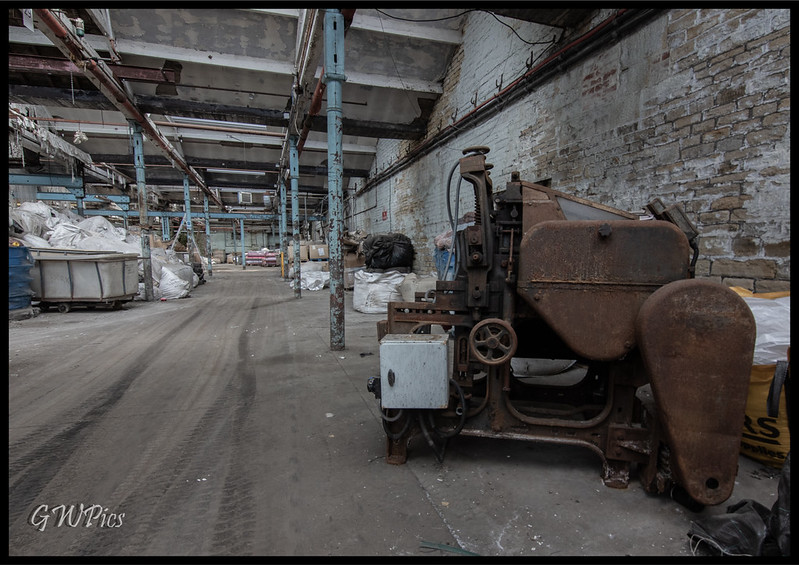
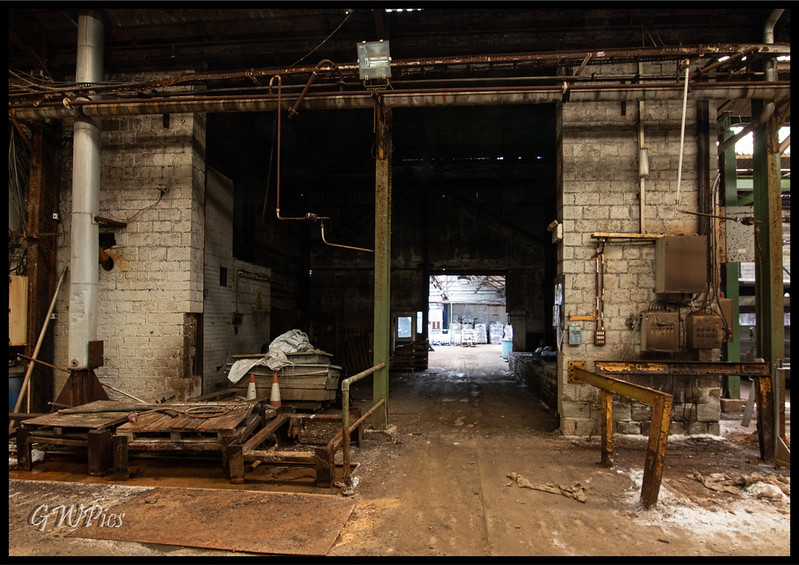
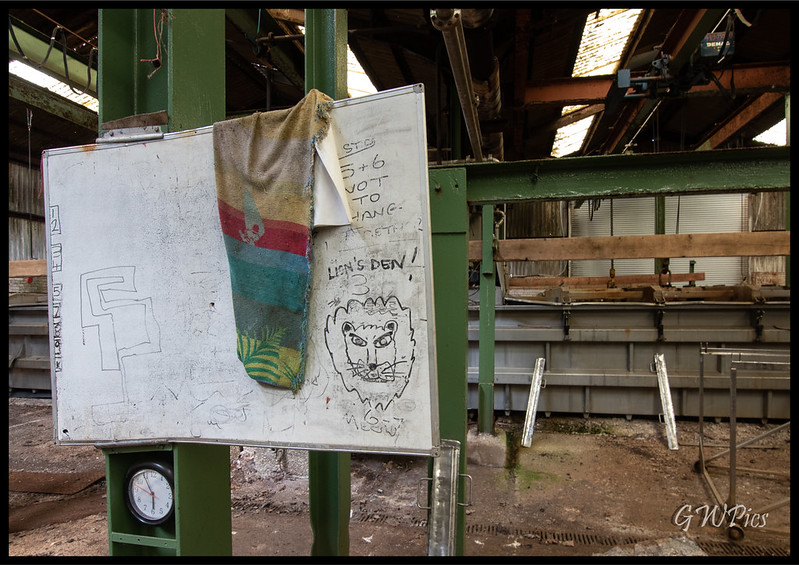
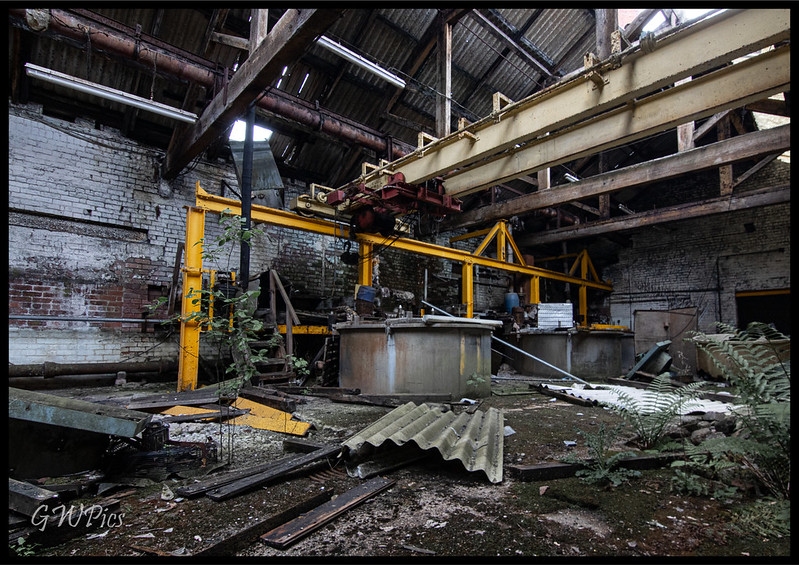
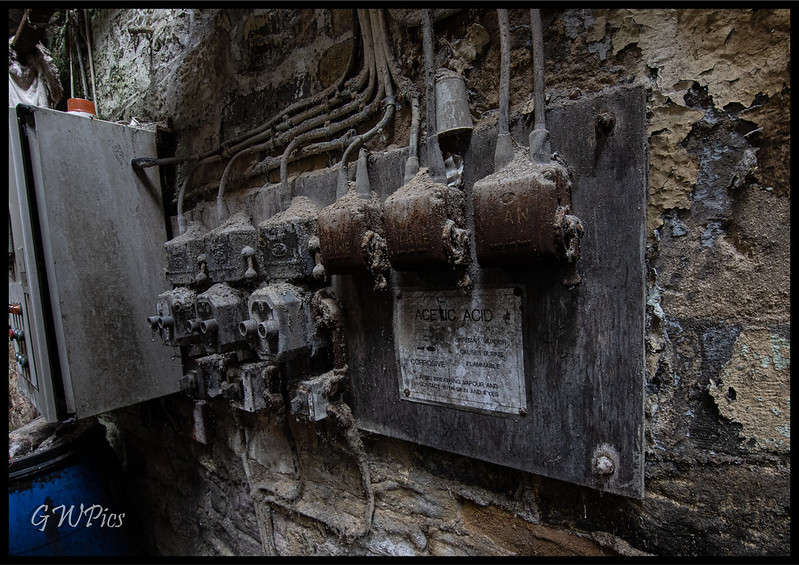
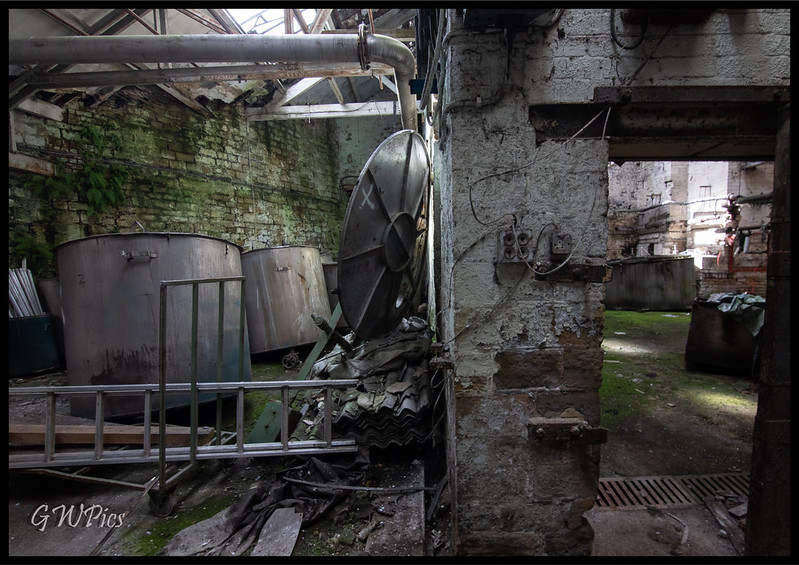
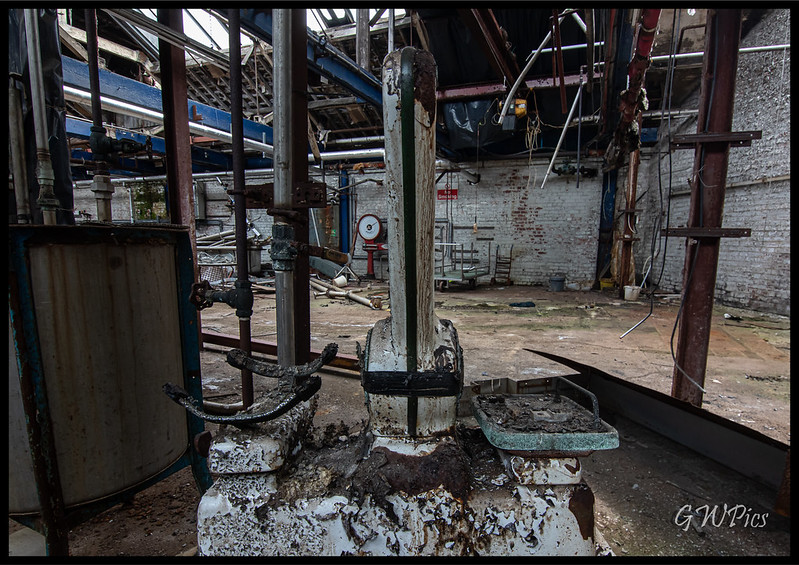
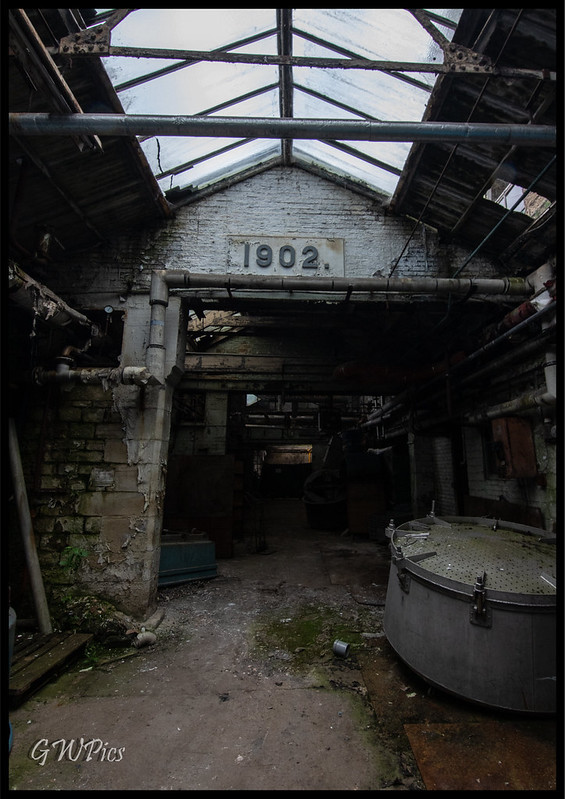
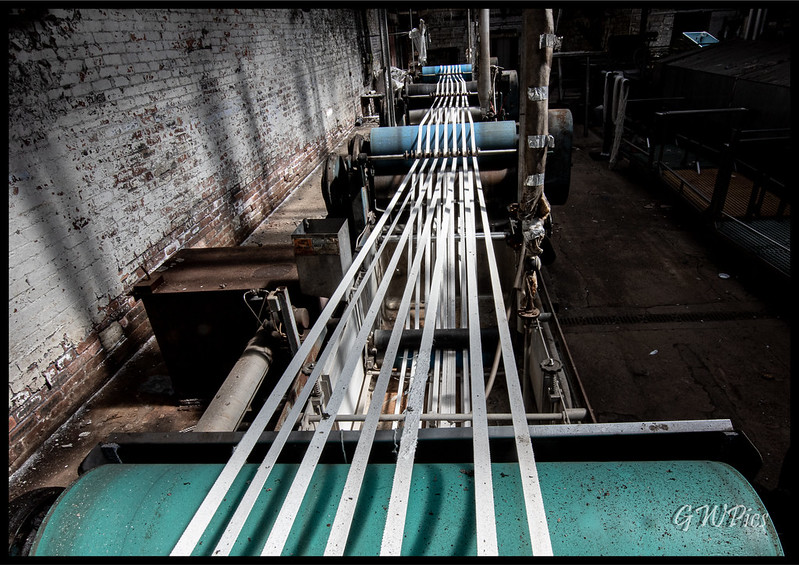
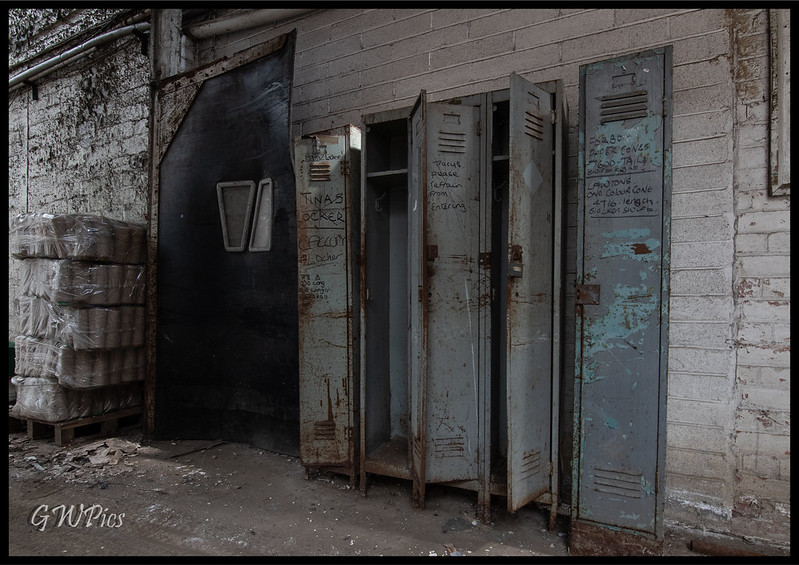
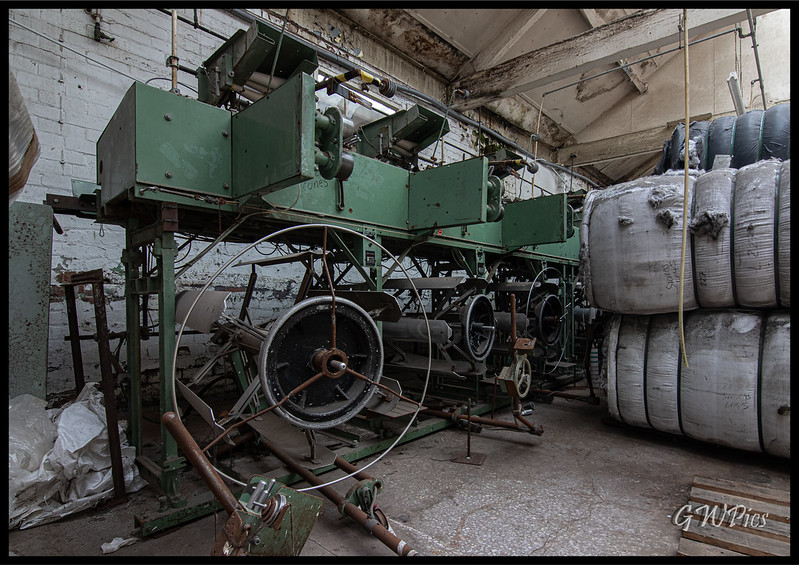
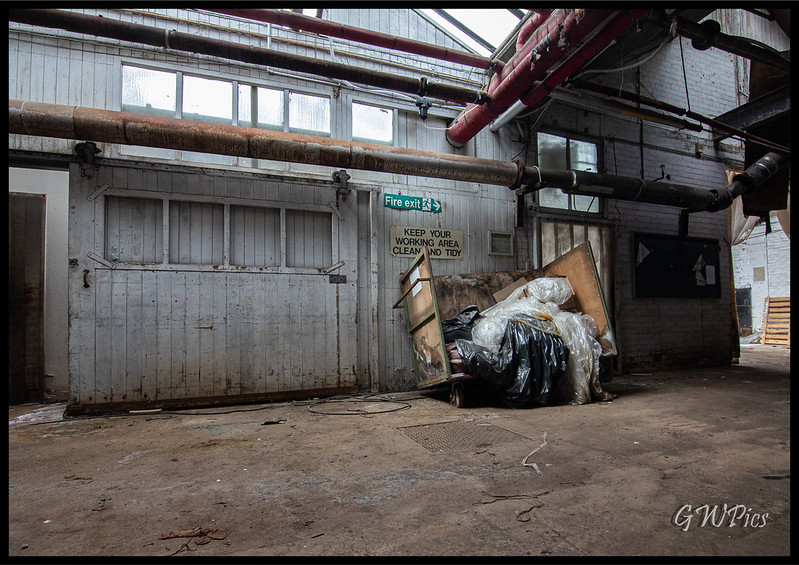
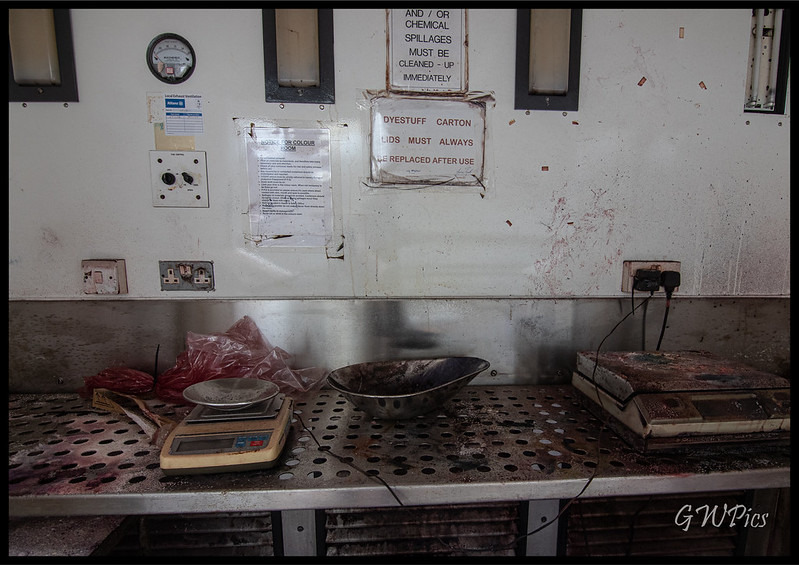
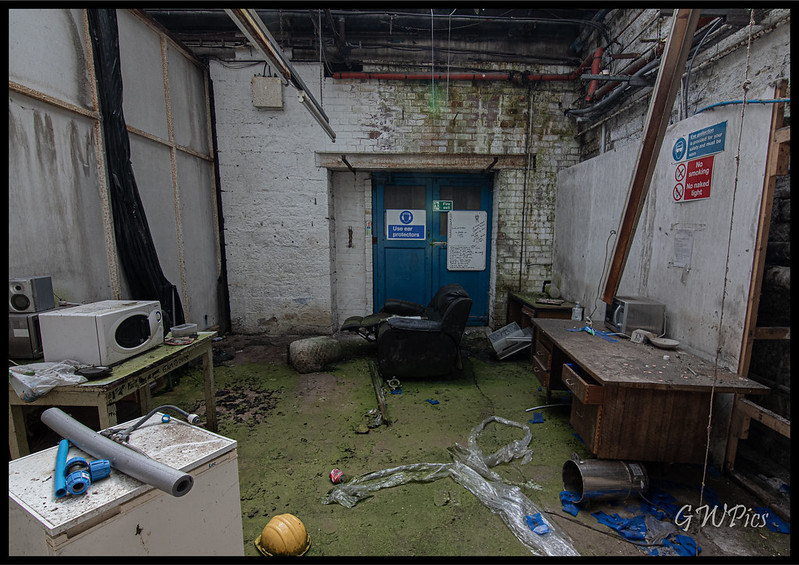
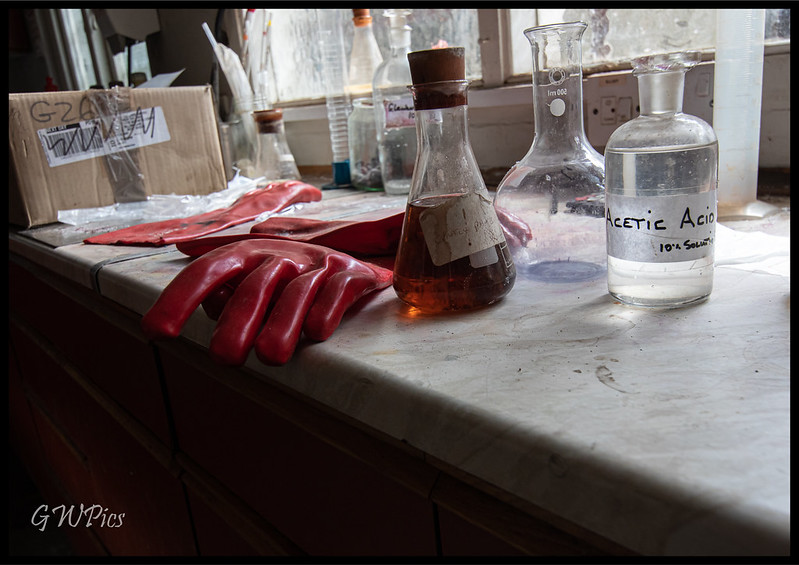
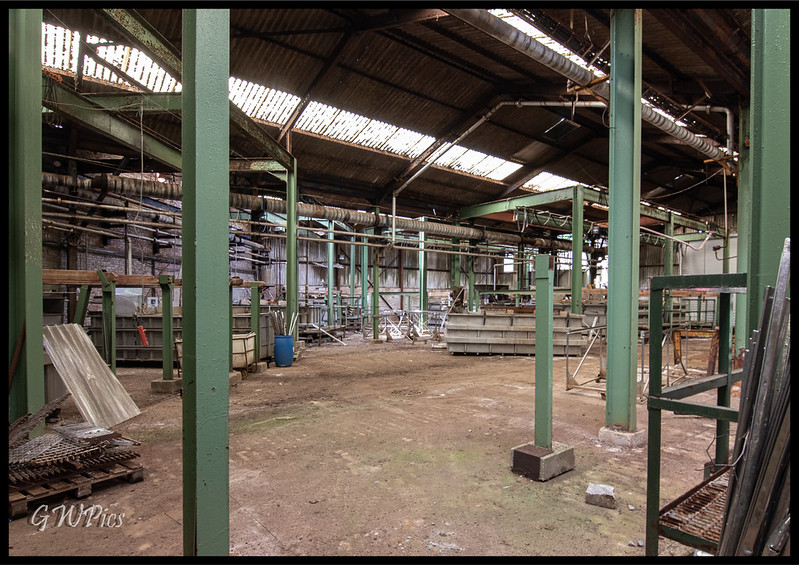
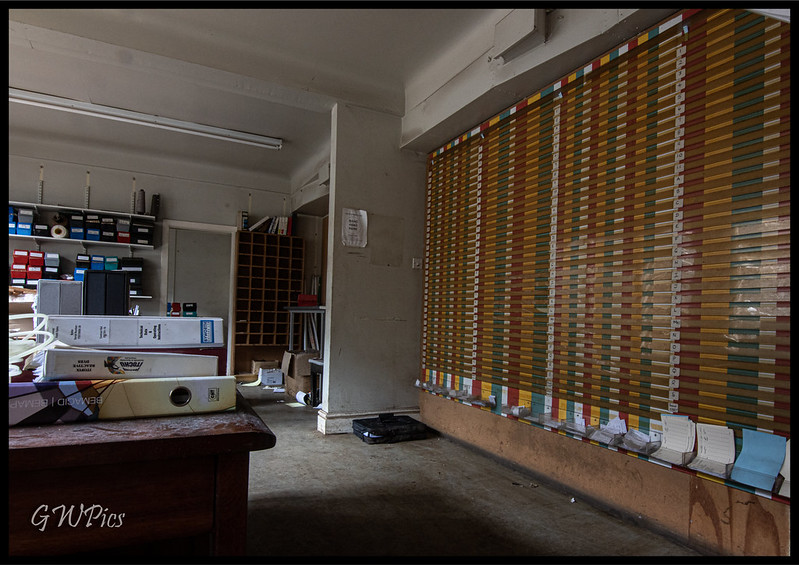
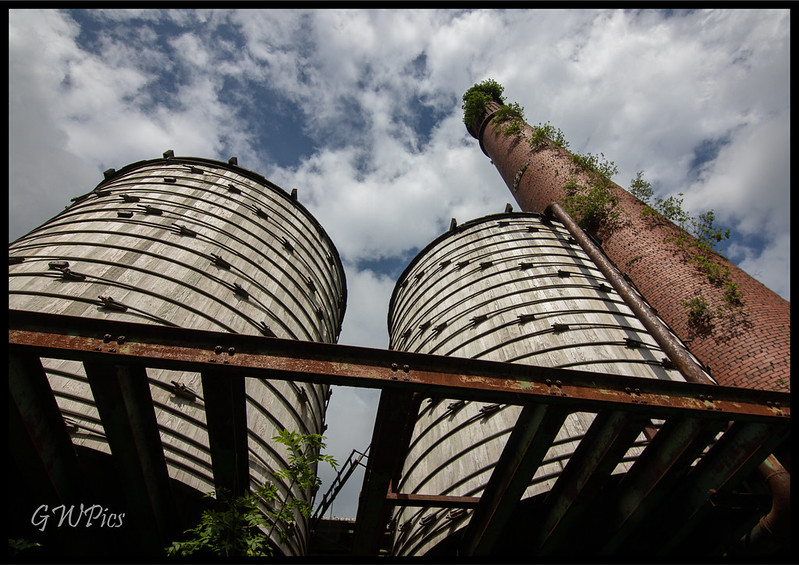
Thanks For Looking
Originally built in the 1820s, Harpin or Bottoms Mill is one of Holme Valley's oldest mills. The iconic, 150ft red chimney was added in 1911 and acts as a landmark to this day. The mill relied on water from the River Holme, which was channelled via a narrow watercourse, known as a goit, into the Bottoms Mill pond.
In 1852 the valley this water was nearly its downfall as it was overun by flooding. The Mill, then occupied by Messrs. Barber & Co., as a woollen mill lay directly in harms way.
Here the country widens out, and consequently the waters became more spread; but still the mill, which stands in a central position, was damaged but no lives were lost, though the inmates of three cottages adjoining had a very narrow escape from death.
The alarm having been given, the inmates of the house nearest the river, seeing the danger, burst through the parpoint walls, and got into the house farthest off, where a ladder was got and placed against the chamber window, from which all the inmates succeeded in escaping; but scarcely had they reached the road when the whole pile fell with a loud crash, and was swept away by the resistless torrent.
Here, also, five workmen had miraculous escapes. It was usual for the fullers to sleep in the mill, and in Bottoms Mill there were five of them, who were aroused from their sleep by the loud noise and crashing of machinery. They rushed upstairs, and succeeded in climbing upon the rafters; but even here they were pursued by the relentless waters, and for upwards of an hour they were nearly covered, but after that time the waters subsided, and they all escaped.
Half of the mill is currently occupied by businesses still but half lays dormant. Not a lot else to say other than it was a fun explore & was a very photogenic place so lots of pics from this one.
The not so abandoned bit
Thanks For Looking



